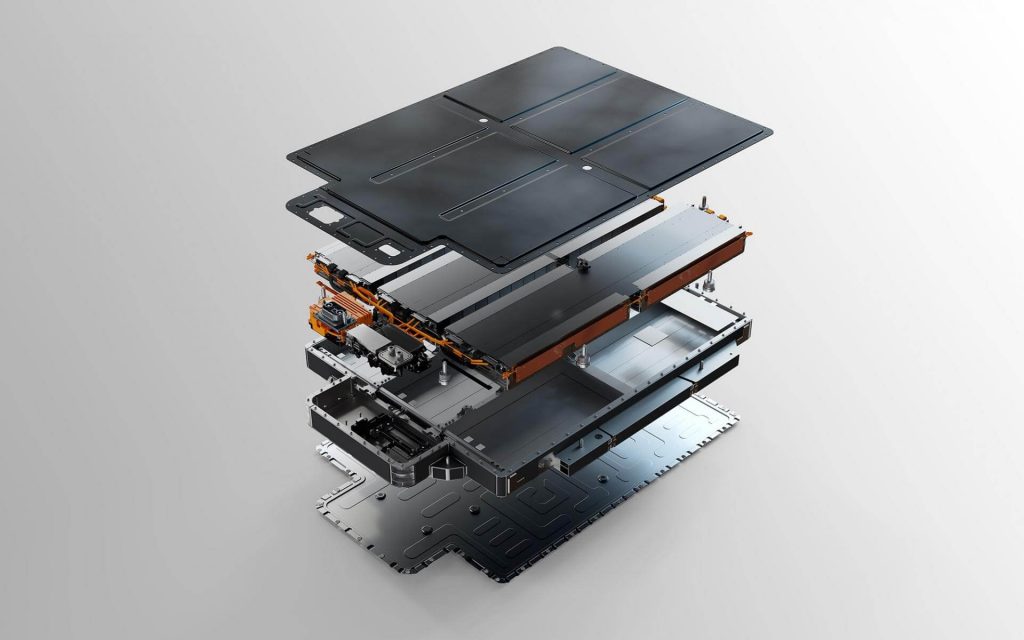The EV Batteries Market is expected to reach $175.11 billion by 2028, at a CAGR of 26.0% during the forecast period, 2021-2028.
The growth of this market is mainly attributed to factors such as increasing adoption of EVs worldwide, decreasing battery prices, and increasing investment by leading automotive OEMs to secure the battery supply chain for their future electric vehicles. Increasing adoption of electric mobility in emerging economies, growing investments in developing lithium-ion battery capacity, and growing deployment of battery-as-a-service provide significant growth opportunities for market players.
The EV batteries market is mainly segmented into lithium-ion battery, sealed lead acid battery, nickel-metal hydride battery, ultracapacitors, solid-state battery, and other batteries based on type. The solid-state battery segment is expected to grow at the fastest rate once it gets commercialized. As per research analysis, we expect the commercialization of solid-state batteries to happen from 2025.
Major factors attributed to this segment’s high growth are solid-state battery has a higher energy density than a Li-ion battery that uses liquid electrolyte solution. This type of battery has very less chances of catching fire, due to which they can be made very compact to save space. A solid-state battery can effectively increase the energy density per unit area as compared to lithium-ion batteries. Due to such properties, a solid-state battery pack will have a higher capacity than a lithium-ion battery of the same size.
Based on capacity, the EV batteries market is mainly segmented into less than 50kWh, 51kWh to 100kWh, 101kWh to 300kWh, and more than 300kWh. The 101kWh to 300kWh segment is expected to grow at the highest CAGR during the forecast period. This capacity segment has a high growth rate during the forecast period mainly because 101kWh to 300kWh power capacity batteries are widely used in medium EVs such as light commercial vehicles and utility vehicles.
The adoption of such EVs is increasing due to the rise in fuel prices and government initiatives for lowering fleet emissions of logistics and public transportation. Also, the increasing launch of new EVs by automotive OEMs for electrification of logistics and public transport fleets and increasing adoption of electric vehicles by e-commerce companies such as Amazon and UPS support the market’s growth during the forecast period.
Based on bonding type, the EV batteries market is mainly segmented into wire bonding and laser bonding. The laser bonding segment is expected to grow at the highest CAGR during the forecast period. This segment is expected to have high growth during the forecast period mainly because laser-welded bonds can withstand higher currents, offers the advantages of narrow welds, high welding speed, and low heat level, which is important for battery tab welding chemicals within the batteries are heat sensitive.

Laser welding is a reliable technology to connect battery cells and achieve fast, automated, precise production of battery pack conductive joints. Lasers offer the advantages of precision and non-contact welding, which can be adapted to fit small areas with low accessibility using a concentrated heat source.
The pouch segment is expected to grow at the highest CAGR during the forecast period. The high growth of this segment is attributed to higher energy density compared with the same weight of prismatic cells, more safety performance, and lower internal resistance. A pouch cell’s energy storage capacity is much greater in a given physical space than cylindrical cells. Leading automotive and battery OEMs are investing in pouch cell formats for powering the upcoming EVs.
The light commercial vehicle segment is expected to grow at the highest CAGR during the forecast period. The high growth of this segment during the forecast period is attributed to the increasing shift of retail MNCs and transport fleet operators to electric light commercial vehicles, growing awareness regarding the role of electric vehicles in reducing emissions, increase in demand for electric vehicles to reduce fleet emissions, and stringent government rules and regulations towards vehicle emissions. The mass production of batteries and the attractive tax incentives offered by governments have further brought down vehicle costs, making electric light commercial vehicles much more cost-effective.
Based on end-user, the EV batteries market is segmented into electric vehicle OEMs and battery swapping stations. The battery swapping stations segment is expected to grow at the highest CAGR during the forecast period. This segment is expected to have high growth during the forecast period mainly because battery swapping service helps reduce EV acquisition costs, increase the battery lifespan, and increase the launch of battery swapping services by various automotive start-up companies. Also, other mobility stakeholders such as oil refining companies are partnering with e-mobility start-ups to set up battery swapping stations, which will support the market growth of this segment.
Europe is expected to witness the fastest growth during the forecast period. The factors attributed to the high growth of this region are numerous gigafactories planned to be commissioned in Europe during the forecast period and high adoption of electric mobility in the region. The European region is expected to account for a third of global EV battery production capacities by 2030 from the current battery production capacity of 3%.
